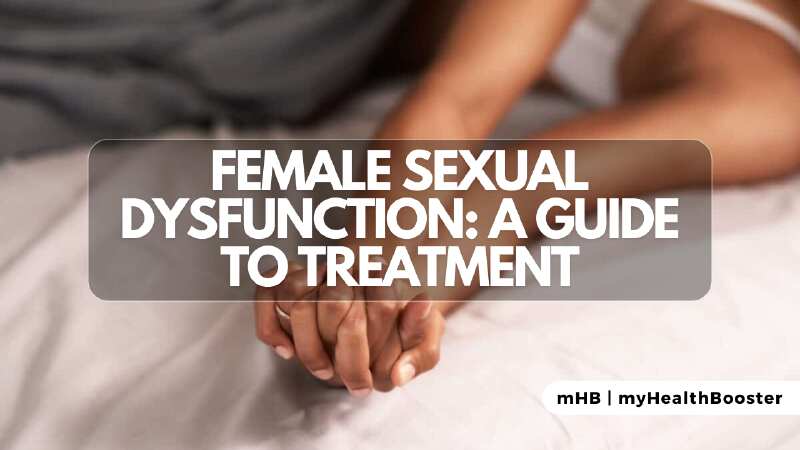Female sexual dysfunction is a prevalent concern that many women face but may hesitate to discuss openly. This article aims to shed light on this common issue, providing insights into its causes, symptoms, and available treatments. It emphasizes the importance of seeking professional help to address sexual problems and improve overall well-being.
Commonality of Sexual Dysfunction
- Female sexual dysfunction is widespread, affecting women during various phases of the sexual response cycle.
- Open communication with both partners and healthcare professionals is crucial for addressing concerns related to sexual function.
Causes of Female Sexual Problems:
- Sexual dysfunction in women can arise from physical or psychological factors.
- Physical causes include diabetes, heart disease, hormonal imbalances, menopause, and the side effects of medications.
- Psychological causes encompass stress, anxiety, relationship problems, depression, guilt, and past sexual trauma.
Impact on Both Genders
- Both men and women can experience sexual dysfunction, with seniors potentially facing challenges associated with aging.
- Men may encounter issues such as premature ejaculation, delayed ejaculation, and erectile problems.
Common Types of Female Sexual Dysfunction
- Inhibited sexual desire, inability to become aroused, lack of orgasm (anorgasmia), and painful intercourse are common problems.
- Hormonal fluctuations, especially during pregnancy, childbirth, and menopause, can contribute to sexual disorders.
Diagnosis of Female Sexual Problems
- Evaluation involves a physical examination, pelvic exam, Pap smear, and additional tests to rule out medical conditions.
- Assessment of psychological factors, relationship dynamics, and substance use contributes to a comprehensive diagnosis.
Treatment Strategies
- Collaboration between the woman, healthcare professionals, and therapists is essential for effective treatment.
- Education about sexual health, enhancing sexual stimulation, distraction techniques, and non-coital behaviors can be part of the treatment process.
Addressing Pain During Intercourse
- Changing sexual positions, using lubricants, and relaxation techniques may help minimize or eliminate pain during intercourse.
- Nonsteroidal anti-inflammatory drugs (NSAIDs) may be recommended for pain management.
Role of Hormones
- Hormonal changes, particularly decreased estrogen during aging and menopause, impact sexual function.
- Hormone therapy may be considered to alleviate symptoms of urogenital atrophy and improve sexual well-being.
Effects of Hysterectomy and Menopause
- A hysterectomy may lead to sexual dysfunction due to hormonal changes, nerve damage, and emotional factors.
- Menopause can affect vaginal lubrication and genital sensation, but postmenopausal women may experience increased sexual satisfaction.
When to Seek Help
- Regular sexual problems can be distressing and impact relationships.
- Seeking help from a healthcare professional is encouraged, as various treatments are available to address both physical and psychological factors.
Conclusion
Understanding and addressing female sexual dysfunction require open communication, education, and collaborative efforts between women, their partners, and healthcare providers. Seeking help is a proactive step toward improving sexual well-being and overall quality of life. If you are experiencing persistent sexual problems, remember that help is available, and you don’t have to face these challenges alone.
